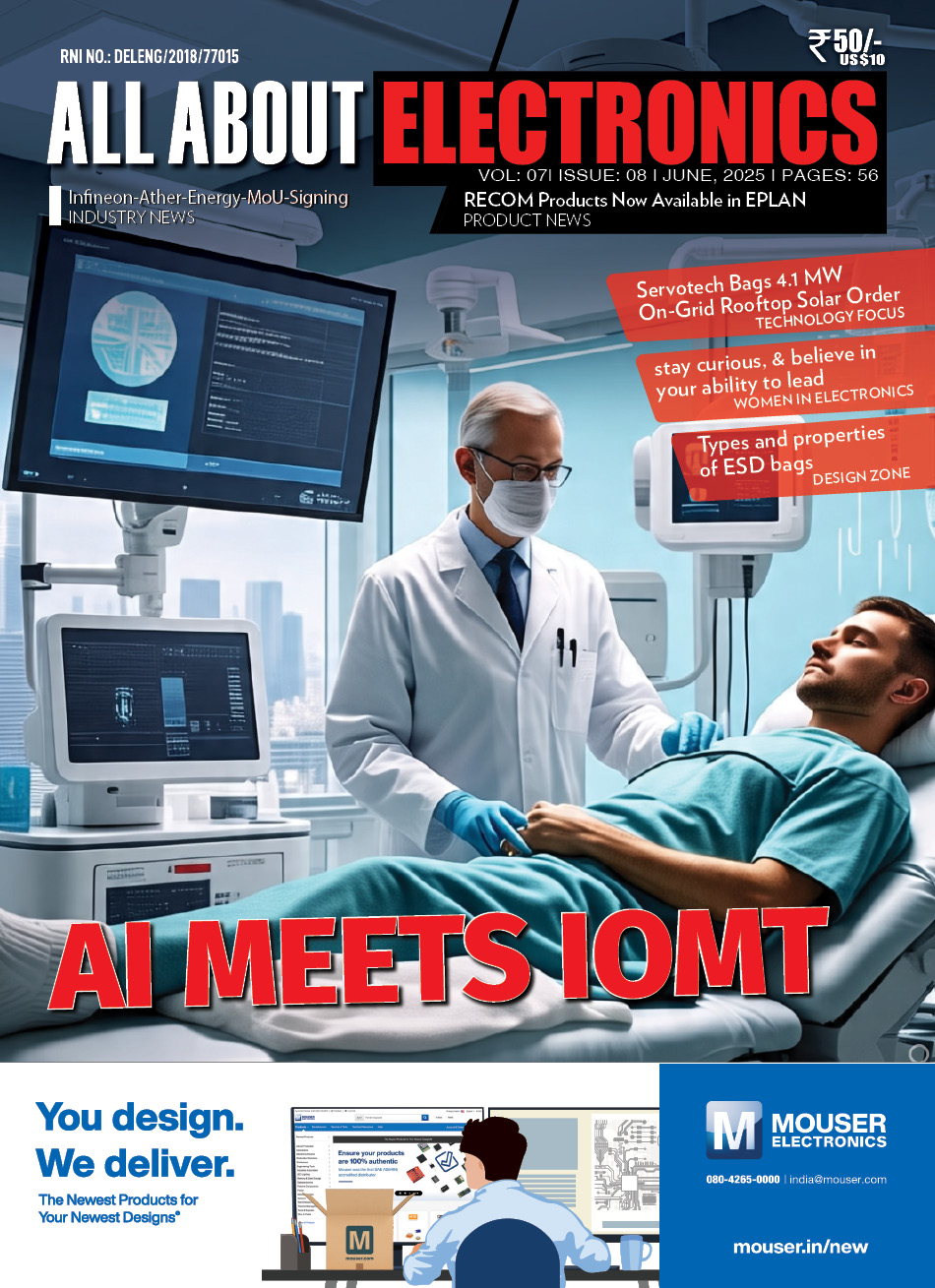Introduction
Perfection in security is unfeasible. Through email attachments and USB thumb drives, malicious software can be installed, users’ access information can be stolen, and passwords can be hacked. Also, working with (Industrial PCs) IPCs, which frequently operate unattended in public areas like hospitals, factory floors, and conference rooms, presents particularly difficult security difficulties. Deploying IPCs with Trusted Platform Module (TPM) hardware embedded directly into the system motherboard is one technique to assist in maintaining security in these special contexts.
TPM is a hardware-based security solution that provides a range of approaches to enhance the security of computer systems. From secure boot and remote attestation to secure authentication and data encryption, TPMs play a vital role in safeguarding sensitive information and protecting against unauthorized success.
Let’s explore the different TPM approaches and their significance in ensuring the integrity and confidentiality of data.
Trusted Platform Module (TPM) Defined
The International Standard for Secure Cryptoprocessors, a dedicated microcontroller that can provide hardware security by integrating cryptographic keys, is called the Trusted Platform Module TPM, also known as ISO 9001. To make the TPM chip untamperable, so that it can’t be penetrated into to cause damage to its function by harmful software, there are a number of physical security mechanisms in place. A trusted platform module (TPM) has the ability to generate, store, and control access to cryptographic keys. Security measures improve the integrity of a certain platform.
Data and credentials are protected by encryption and decryption using a trusted platform, and if the user clears this module, the data contained therein is likewise irretrievably destroyed. Windows 10, Windows 11, Windows Server 2016, and more can be used with TPM. In 2022, around 65 million PCs were shipped with installed Windows operating systems. A boot code containing operating system components and software shall be loaded while the TPM is being processed. To prevent any kind of phishing attempt, the setting of TPM-based keys can be done in a variety of ways because there is virtually no chance that the chip will be copied.
To do so, authentication credentials may be monitored in order for TPM to immediately activate its Dictionary Attack Logic if there is a higher number of authorization guesses.
Key Takeaways
- Growing Manufacturing and Sales of Desktop – TTMs are used in the motherboard of desktops, PCs, tablets, and others. TTMs are integrated into the motherboard of PCs in order to provide security features.
- The Mobile Security segmentis expected to hold the largest share by the end of 2035. The growth can be accredited to the increasing adoption of smartphones, coupled with a need to protect these devices from security threats. For instance, 68% of people on the planet owned a smartphone by the end of 2022.
- The Asia Pacific regionis expected to grow rapidly during the forecast period. The market is growing in the region owing to the growing rate of industrialization and rising penetration of e-commerce services. According to predictions, there will be 0.6 billion more customers in Asian e-commerce between 2023 and 2027.
- The major key players in the market are The International Business Machines Corporation, Intel Corporation, Microsoft Corporation, Lenovo India Pvt. Ltd., Advanced Micro Devices, Inc, and others.
Importance of TPM
- The most popular operating system in use today is Windows. As of July 2023, Microsoft’s Windows held a market share of over 70%, making it the most popular desktop operating system (OS) globally. As a result, Windows-based devices are the main target for cyberattacks, with some of the biggest ransomware and malware campaigns in the world focusing on them.
- By demanding a built-in root-of-trust, which is an efficient defense against both common and sophisticated assaults like ransomware, TPM 2.0 raises the bar for hardware security in Windows. It will be used, among other things, to protect identity when using Windows Hello and to encrypt discs using BitLocker.
- Organizations like the Trusted Computing Group (TCG), an NGO established to design, define, and promote open, vendor-neutral, worldwide industry specifications and standards like TPM, have embraced the advent of the broad adoption of TPM.
Industry Standards and Shortcomings
The Trusted Computing Group (TCG) specifications are one of the most widely accepted standards. This specification has made it possible for the TPMs of various manufacturers to work together smoothly and ensure that they have uniform safety features. Maintaining interoperability and ensuring that TPMs are capable of meeting the relevant security requirements is a result of complying with these standards. In order to communicate and work efficiently, it is as if there were a common language for TPMs.
This strategy appears to have an array of drawbacks.
- Cold boots are seen as a threat to a trusted platform module (TPM). If the system is turned on, and it boots without hibernation, a cold boot attack can be set. Most of the time, hacker is physically able to breach user’s trusted platform module.Over 422 million people were impacted by data intrusions in 2022, including data breaches, leaks, and exposure.
- TPMs might not be able to store substantial amounts of sensitive data due to their constrained storage capabilities. This suggests that they are constrained to a certain volume of data.
- Finally, certain older systems might not support TPM, which can restrict their use. TPMs offer useful security features as a result, but it’s crucial to be aware of what they can and cannot do.
Unique Approach to Trusted Platform Modules (TPMs)
In the TPM, there are a number of specific approaches that can be explored. One approach is to use TPMs in order to secure boot, which guarantees that only trusted software will be installed during the initialization process. The system will thus be protected from unauthorized changes and the integrity of the system is guaranteed.
Remote attestation is another interesting use of this case for TPMs. This will allow us to verify the integrity and configuration of the device from a remote location. This allows entities to verify whether the device is running in a trusted state and that it is not tampered with. In scenarios where the security of communications and trust between devices is important, this method may be especially helpful.
In order to ensure safe storage and management of keys, TPMs may also be used. They’re designed to create a safe environment for the retention of confidential information such as encryption keys, security certificates, and passwords. It will be more difficult for attackers to access or tamper with this information if they keep it in the TPM.
These are only a few examples of the various approaches that can be taken when dealing with TPMs. By taking advantage of TPM’s capacity, each approach seeks to increase security.
Recent developments
- One recent development is the use of TPMs for secure authentication. By securely storing and managing user credentials, TPMs provide a hardware-based layer of protection, ensuring strong authentication and guarding against unauthorized access. This is especially relevant as more and more services and applications are moving towards multi-factor authentication to enhance security.
- Another notable development is the integration of TPMs in secure cloud environments. Cloud service providers are leveraging TPMs to enhance the security of virtual machines and protect against unauthorized access or tampering. This ensures the integrity of data and applications hosted in the cloud, giving users peace of mind.
- Quantum computing is anticipated to have a substantial impact on cybersecurity, particularly on the integrity of digital signatures and the confidentiality of encrypted data. With the new OPTIGATM TPM (Trusted Platform Module) SLB 9672, a future-proof security solution with a post-quantum cryptography (PQC) protected firmware update mechanism using XMSS signatures, Infineon Technologies AG is raising the bar on security to meet these challenges.
- In July 2023, Dell computers manufactured between 2015 and 2018 can have left the manufacturer with firmware for the Trusted Platform Module (TPM) version 1.2.
These recent developments highlight the growing significance of TPMs in today’s security landscape.
Conclusion
We have examined how this hardware-based security solution is changing the landscape of computer safety. Technology management tools provide a robust level of protection against sensitive data and ensure the integrity of computer systems from safe authentication to secure boot process as well as cloud integration.
The TPM is becoming an indispensable tool to protect information and prevent unauthorized access, given the increased threat of cyber-attacks and data breaches. They make an important contribution to today’s Digital World by playing a role in secure authentication, cloud security, and safety integrity.
TPMs are going to continue to evolve and change in order to cope with the increasingly complex security challenges as technology advances. In order to ensure users’ confidence in the security of their data and applications, these devices are integrated with an array of computer systems.
The relevance and significance of Technology Protection Mechanisms for enhanced computer security have been explained in this blog. Make sure to be secure and explore the amazing world of technology.














